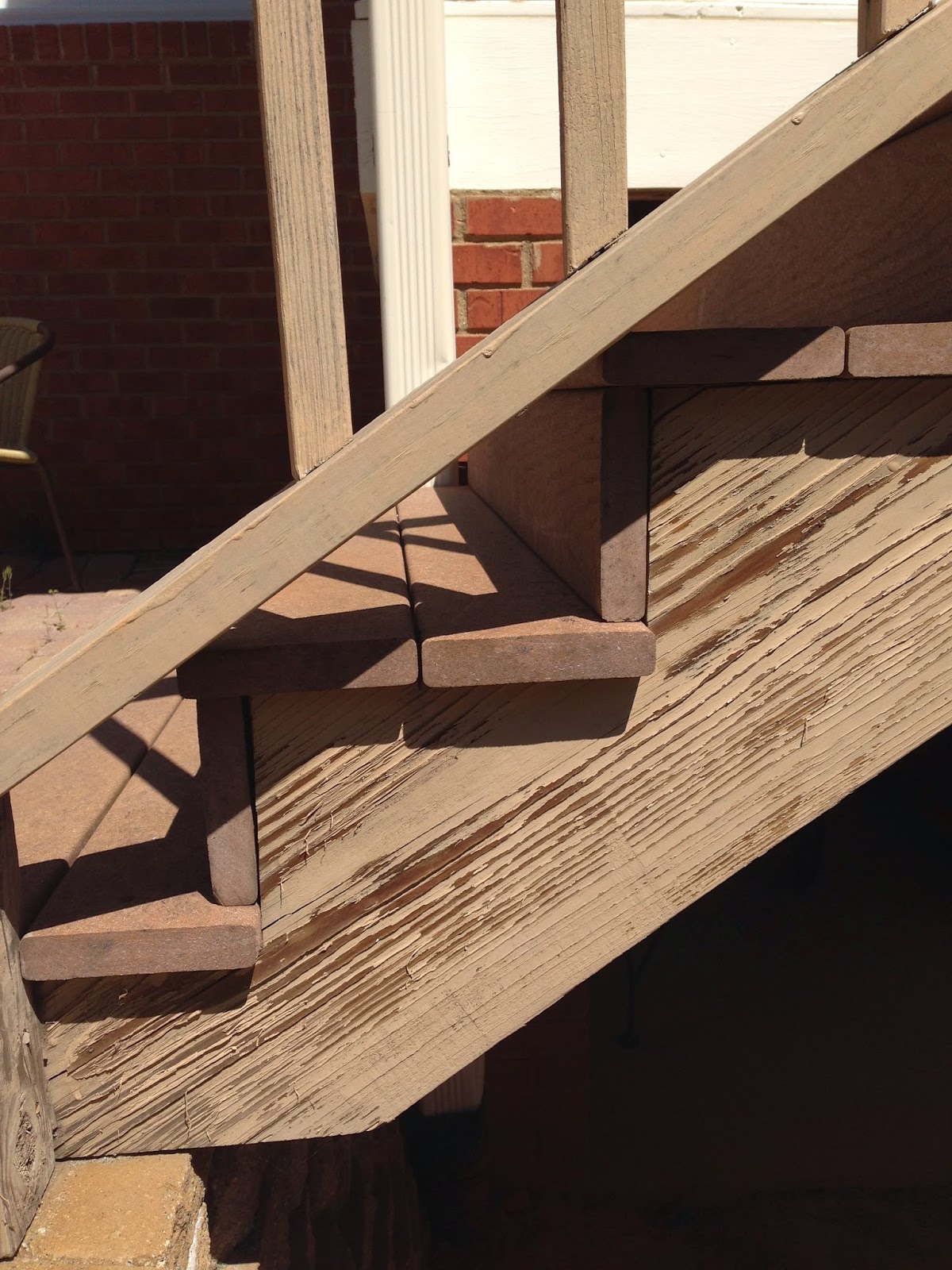"Math in the Real Word"
Week 3
This Week's AKS:
Math
recognize a line of symmetry for a two-dimensional figure as a line across the figure such that the figure can be
folded along the line into matching parts. Identify line-symmetric figures and draw lines of symmetry (CCGPS)
(4MA_E2012-49/MCC4.G.3)
Writing
use technology, including the Internet, to produce and publish writing as well as to interact and collaborate with
others; demonstrate sufficient command of keyboarding skills to type a minimum of one page in a single sitting, with
some guidance and support from adults (CCGPS) (4LA_D2012-27/ELACC4W6)
Language
acquire and use accurately grade-appropriate general academic and domain-specific vocabulary, including words and
phrases that signal precise actions, emotions, or states of being (e.g., quizzed, whined, stammered) and words and
phrases basic to a particular topic (e.g., wildlife, conservation, and endangered when discussing animal preservation)
(CCGPS) (4LA_F2012-43/ELACC4L6)
EQ:
How can I recognize a line of symmetry for two-dimensional figure as a line across the figure such that the figure can be folded along the line matching parts?
How can I use technology, including the Internet, to produce and publish writing as well as to interact and collaborate with others?
How can I acquire and use accurately grade-appropriate general academic and domain-specific vocabulary?
For this week's post, you will upload pictures of objects with and without symmetry. You can find these object around your house, the store, and as you ride down the road. When you create your post make sure you title the post "Week 3: Symmetry." As you are posting your pictures make sure you describe the object you are telling us that has symmetry or not (see examples below). You need to at least post 3 objects that have symmetry, and 3 objects that don't have symmetry, 6 total photos.
Just like last week I want you to also commit on 2 other classmates' post (2 different classmates from last week). I want you to point out a two-dimensional figure in 2 different photos. Name the figure, and explain the characteristics of the figure.
The Keurig is not symmetric.

I am symmetrical.

The lake house is symmetrical.
The refrigerator doesn't have symmetry.

This cabinet doesn't have symmetry.
This rug is symmetrical.











































